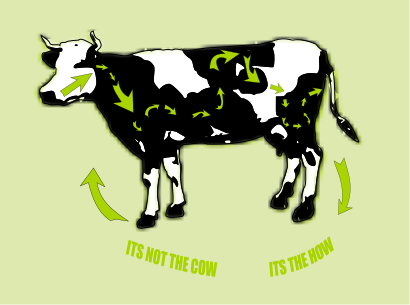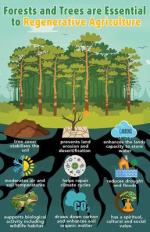Rose
by Rose
(Port Alberni BC Canada)
I am doing research on growing wildlife foraging plants to use in enhancement plantings with wildlife in mind.
My thoughts after seeing bears too skinny to hibernate and the young fawn who have health issues due to the poor forage or toxic forage for local deer populations.
I could go on about the contaminated water in the creek 3 houses away that runs by the hospital 10 blocks upstream, or the dry creek for most of the warm seasons with limited water sources.
I look at the clear cut logging areas with the bomb like disarray after they are done. If I can not navigate these areas nor can the deer or elk with young.
I read your post on wildlife gardens, going beyond the urban gardens for birds and bees. I want to replant berry bushes out in the forests to move the wildlife back out to forage reducing the vehicle wildlife mortality.
I would like to hear from your experience your thoughts and perspectives on this. Perhaps you know of other people or groups on or close to Vancouver Island BC Canada that are doing or have plans to do this type of rewilding for wildlife.
I thank you for your time and look forward to your response
Rose
Comments for Rose
|
||
|
||
SEARCH
Order the Kindle E-book for the SPECIAL PRICE of only
Prices valid till 30.09.2023
Recent Articles
-
Rose
Dec 17, 23 04:08 AM
I am doing research on growing wildlife foraging plants to use in enhancement plantings with wildlife in mind. My thoughts after seeing bears too skinny -
Seeds for a bred Sweeter less acidic Kei apple
Nov 20, 23 03:24 AM
Greetings Greenidiom, I'm a small farmer in kenya. I'm looking to plant a Green fence around a 6 acre plot of land and, I'd wish to make it of kei apples -
Mrs Laura Robinson
Oct 08, 23 02:17 AM
How do I get a copy of the soil aggregation poster??
"How to start a profitable worm business on a shoestring budget
Order a printed copy from "Amazon" at the SPECIAL PRICE of only
or a digital version from the "Kindle" store at the SPECIAL PRICE of only
Prices valid till 30.09.2023







